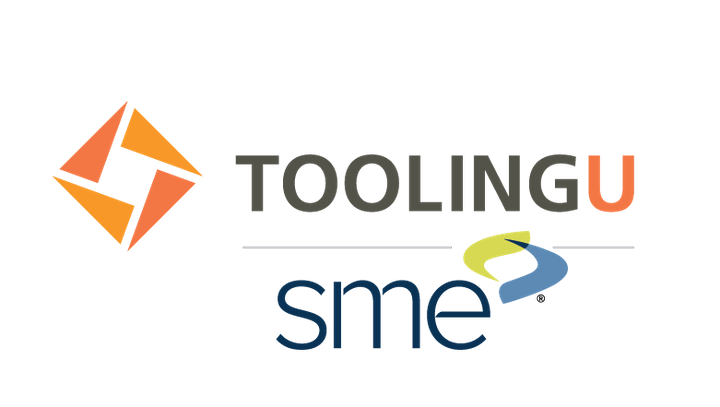Like any other cutting process, grinding removes material in the form of chips. In order for a wheel to grind properly, its abrasive grains must wear and self-sharpen at a consistent rate. Otherwise, wheel problems such as loading and glazing may occur. Truing and dressing wheels and applying grinding fluids can fix or prevent these issues. An understanding of grinding wheels and processes allows operators to perform grinding operations effectively and recognize and address any grinding wheel problems that may occur. This understanding and recognition will improve the accuracy, precision, and overall success of grinding operations, reducing scrap parts and increasing productivity.
Course Objectives:
- Describe grinding
- Describe grinding wheels
- Identify variables that impact grinding wheel selection
- Identify common wheel specifications
- Describe chip formation
- Describe the different grinding actions
- Describe wheel wear and grain fracture
- Describe swarf
- Identify common grinding problems
- Define truing and dressing
- Describe how fluids improve grinding.
Recommended Background
- Recommended for manufacturing personnel handling surface/cylindrical/centreless grinding equipment etc.
Course ID
TU161
Skill Focus
Beginner
Instructor(s)
Tooling U - SME
Employee Type
New Applicants, Operations team, 1st level supervisor
Method of Delivery
Online
Estimated Effort
2 hrs
Cost
Contact for Price
Contact ToolingU for Course Program Details.
 Tooling U - SME
Tooling U - SME